Picture a home where a soft toy appears in a child’s arms just when tears start flowing—not by accident but because a gentle pup senses the upset and steps in with a plush offering. There’s real science behind that.
Research shows that toddlers aged 2–5 who interact regularly with a family dog score higher on social‑emotional skills and have fewer peer‑interaction problems, precisely through playful, attentive contact.
What this really means is: some dogs don’t just sit there—they act. When a kid is crying, and a dog approaches carrying a soft toy, it’s not just cute—it’s instinctive empathy paired with learned behavior. These dogs interpret distress as a cue: offering comfort, literally, in the form of a plush companion.
Dog breeds that bring soft toys to crying kids
Here are the most empathetic breeds:
1. Labrador Retriever
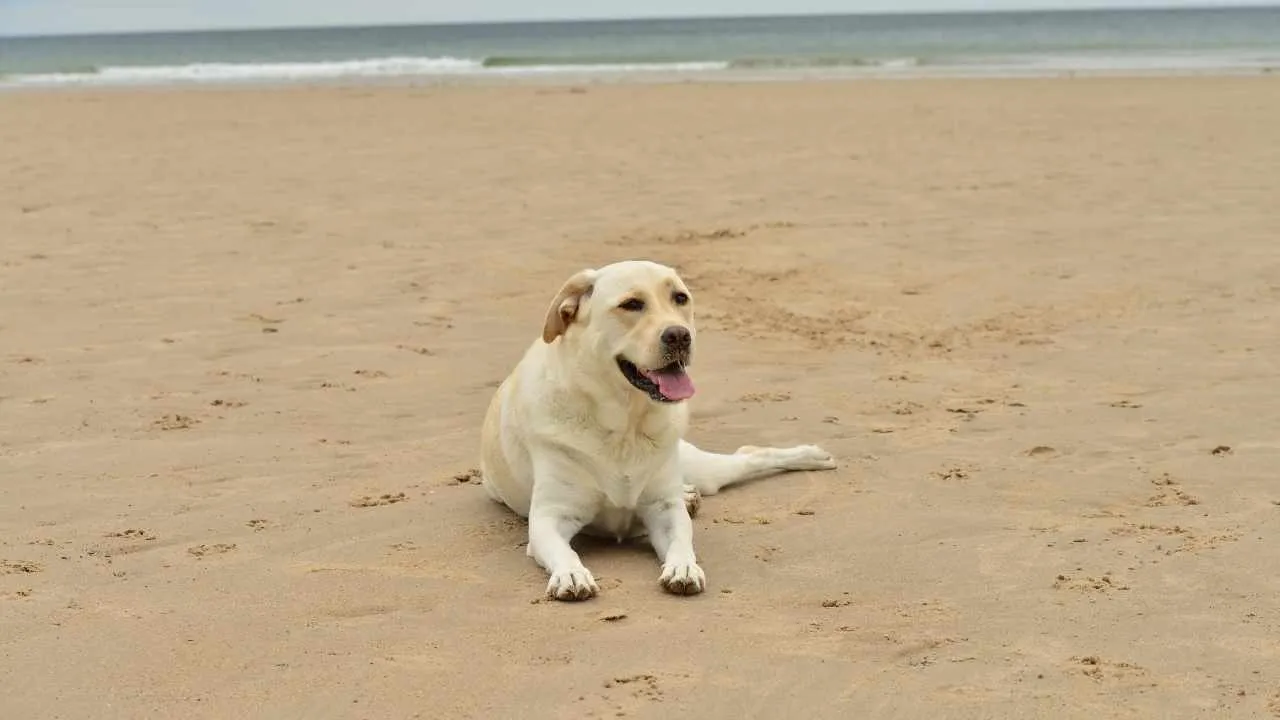
The Labrador Retriever isn’t just a household name—it’s a full-on family favorite. Known for their tranquility and sweet personality, Labs are the kind of dogs that instinctively run toward a crying baby with their toy in tow.
Their eagerness to please, combined with their intelligent and loyal temperament, makes them naturals at understanding human emotions, especially when it comes to children.
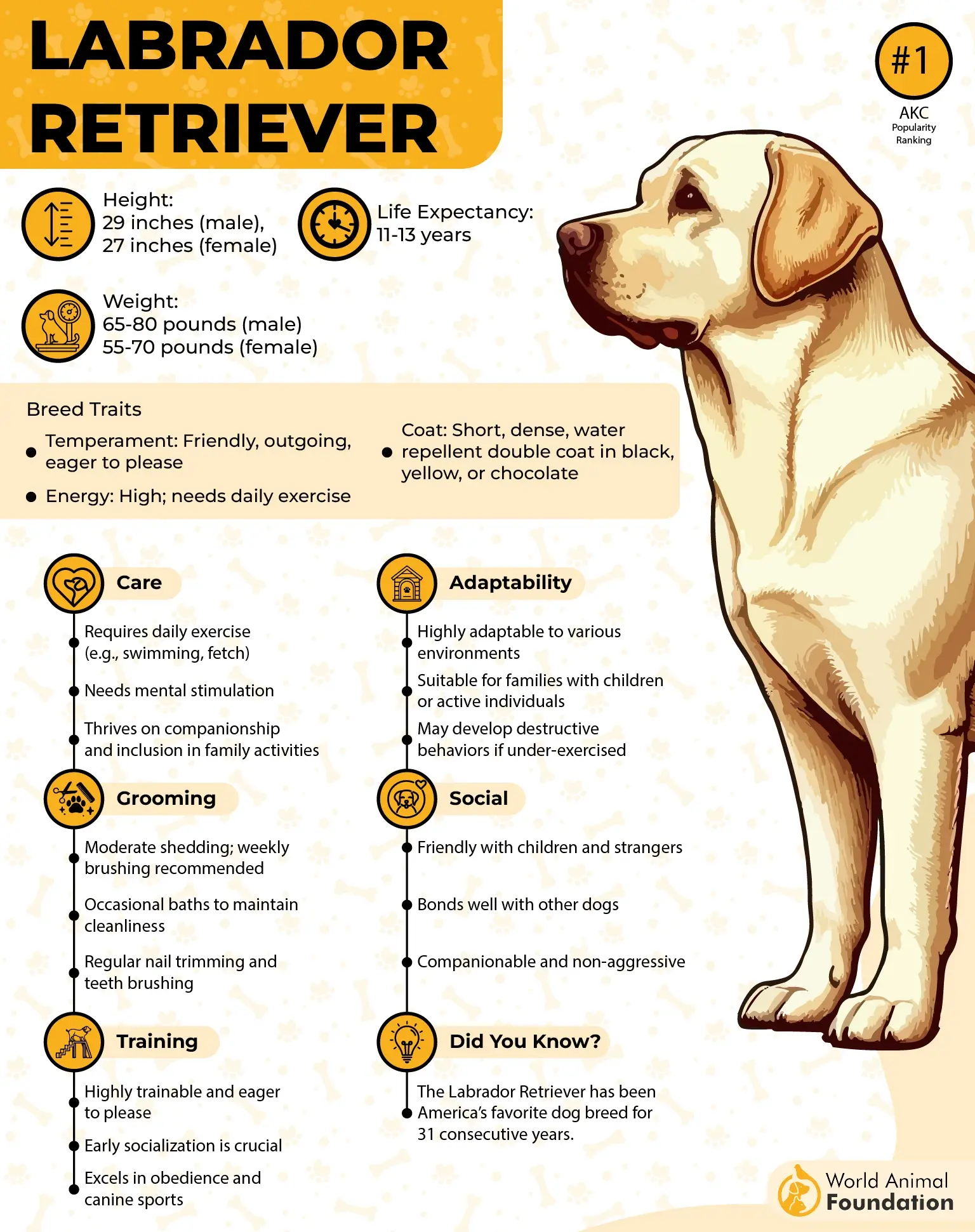
Natural Comfort-Givers
Respond positively to emotional cues, especially when kids are sad or crying.
According to PetMD, their soft mouth allows them to gently carry toys without damaging them.
Born to Work and Play
Bred for retrieving, especially in water, thanks to their double coat and webbed feet.
Labs often find mental stimulation through interactive tasks and challenges.
Their background as service and therapy dogs makes them extra aware of emotional shifts.
Family-Oriented and Gentle
Easily adapt to house routines, even in city life.
Get along with other pets and animals, making them ideal for big families.
2. Beagle
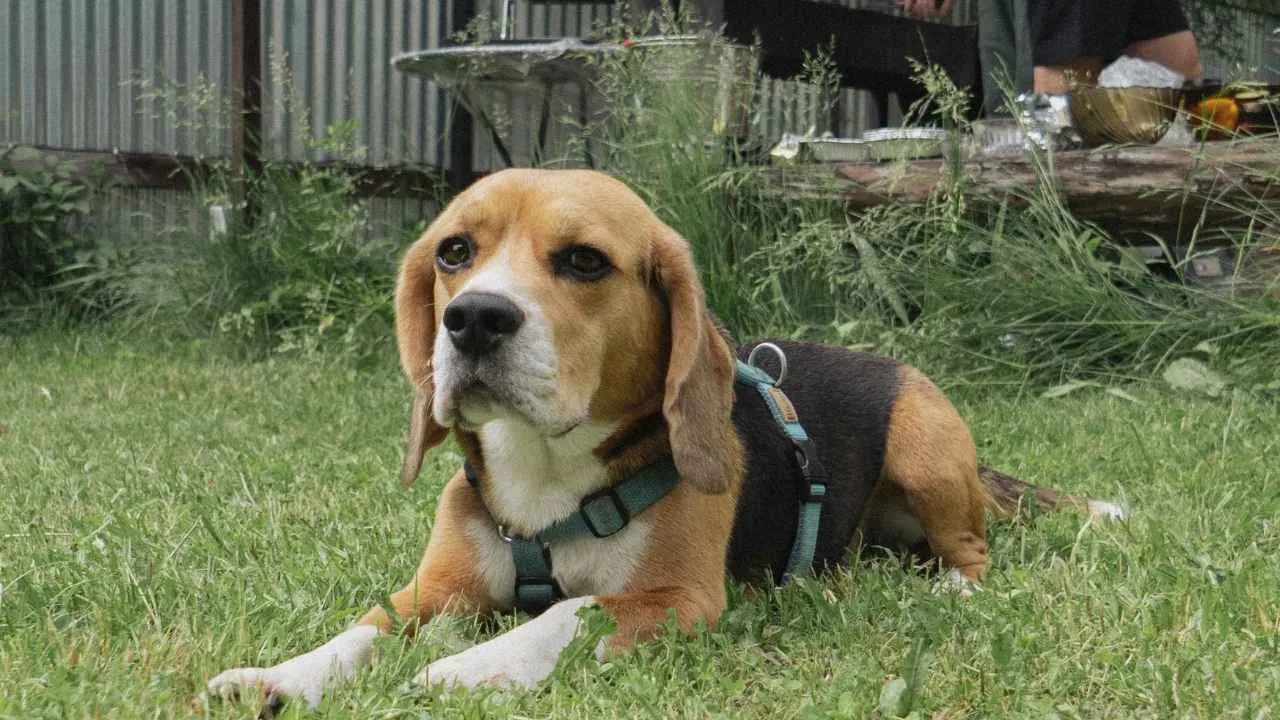
Small body, big personality—Beagles are built for fun and fueled by curiosity. If a child is in tears, don’t be surprised to see a Beagle trot over with a squeaky toy.
They’re intuitive, emotional companions who thrive in social settings and quickly pick up on distress in their human pack. Their energy is infectious, their bark unmistakable, and their loyalty unwavering.
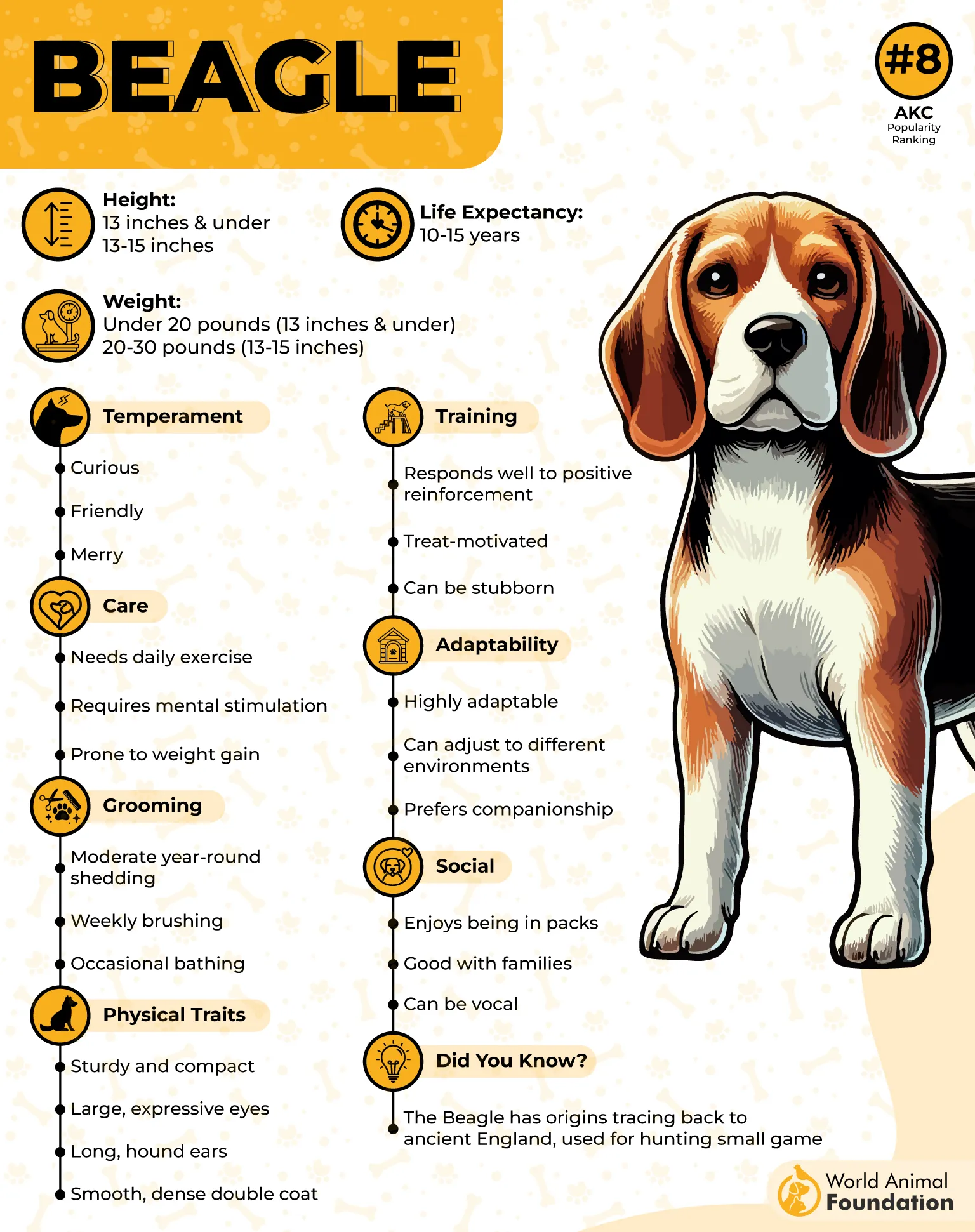
Emotional Instincts and Behavior
Known to offer a new toy or a familiar toy to comfort crying children.
Their dog’s behavior is pack-oriented—they naturally look after their young or small companions.
Excellent at reading moods, often becoming super excited when they see familiar faces smile again.
Unique Physical and Scent Abilities
Their white-tipped tail helps them stay visible during outdoor play.
Long ears and strong scent receptors make them excellent at trailing and finding stuffed toys.
Their coat is easy to groom, but they shed year-round.
Challenges and Strengths in the House
Without mental games, they may chew or bark excessively when bored.
Beagles can get along with other animals, especially dogs, due to their pack instincts.
3. Golden Retriever
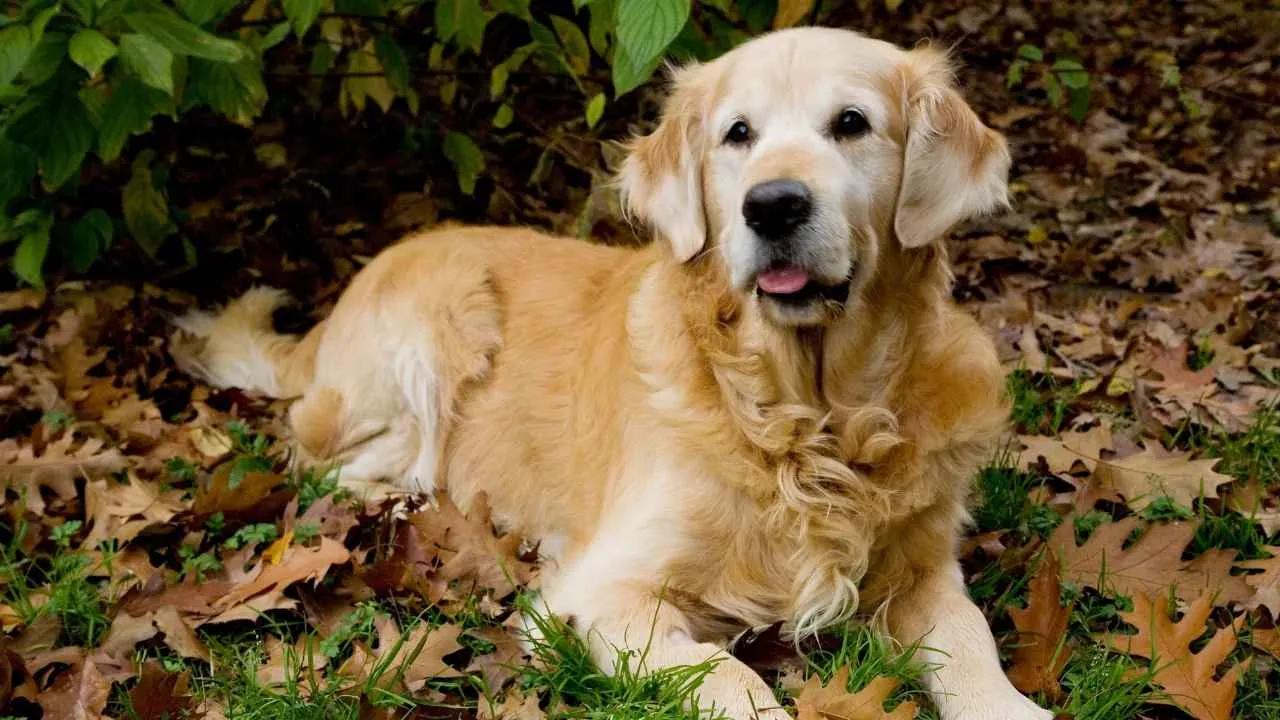
The Golden Retriever is the definition of dependable. With a temperament that’s both sweet and adaptable, this breed has a reputation for being the family’s emotional anchor. When a child is crying, a Golden is likely to walk over with a toy or quietly sit close for support.
They’re incredibly attuned to human emotions, often mirroring the mood in the house. While they love a good outdoor run or swim, they’re equally content being indoor companions as long as they feel included and loved.

Reliable Emotional Companions
Frequently chosen as emotional support animals due to their calming presence.
They watch over family members with a soft, observant nature rather than a loud alert.
Traits That Make Them Stand Out
Have a strong instinct to retrieve, often grabbing a toy when they see someone upset.
According to WebMD, they enjoy a variety of activities—from fetch to swimming—due to their water-repellent coat.
Living with a Golden
Don’t do well when left alone for long; may show signs of anxiety if ignored.
4. Cavalier King Charles Spaniel
The Cavalier King Charles Spaniel has a way of stealing hearts with nothing more than a tail wag and a warm stare. According to the American Kennel Club (AKC), these dogs are ideal for city living or quieter homes, and they shine most when snuggled close to their humans.
If a child starts to cry, don’t be surprised if this gentle pup climbs into their bed with a soft toy in its mouth, to stay close and offer comfort. Cavaliers may not need intense play or long walks, but they need more attention from their people.
Caring and Comfort-Oriented
Bred for closeness, they’ll often rest their head on your lap when they sense emotional pain.
Referred to as “comfort spaniels” for good reason—they bring warmth to any room.
Small Dog, Big Personality
Their higher-pitched bark stands out and can alert caregivers when kids are upset.
Although mild-mannered, they’ll still watch over their young companions with quiet loyalty and protect them.
Avoids aggressive behavior with other dogs and will turn up with a plush toy instead.
Grooming and Living Needs
Their silky coat needs regular brushing, particularly after cuddle sessions.
Do best in calm environments where routines are predictable.
May chase smaller pets, so it’s best to keep them leashed during walks.
5. Bulldog
Bulldogs may have a tough-guy appearance, but underneath those folds is a dog built for family life. They’re not going to sprint across the room or leap into chaotic games, but when a baby starts crying, a Bulldog will be the first to plop down nearby.
They’re incredibly tuned in to the energy of the room and often show more emotional intelligence than they get credit for. When it comes to soothing children, they do it their way—quietly, close, and steady.
Naturally Protective Without the Drama
Bulldogs often act as shadows, offering to protect small children without being overbearing.
Not typically aggressive, but they know how to set quiet boundaries without getting anyone hurt.
Everyday Quirks and Emotional Intelligence
Will sit near the food bowl, not out of hunger, but for closeness or attention.
Have a habit of resource guarding if their favorite treats or toys are threatened.
They aren’t high-strung, but moments of sudden excitement do appear.
Low-Key Yet Loyal Homebodies
Perfect for homes with many dogs, as they tend to avoid conflict with others.
Their thick coat may need occasional care, but it’s nothing a quick brush won’t fix.
A great fit for first-time puppy owners who want steady behavior without the constant motion.
6. Newfoundland
The Newfoundland is massive in size but mellow at heart. These dogs are known for their steady presence and instincts to protect, which makes them incredibly dependable around pups and children alike.
If a baby is wailing in distress, a Newfie might not dash over with wild energy, but it’ll calmly walk up and put its giant head in their lap, gently grounding the chaos.
It often shows up in surprising emotional ways, like trying to soothe a sad child by offering a favorite toy. These dogs are thoughtful, devoted, and among the few breeds that can seem adorable even while drooling on your floor.
Gentle Guardians at Heart
Often referred to as “nanny dogs” for their patience with children.
Naturally, stepping in when play gets too rough or loud.
Will not stress even in emotional moments, showing emotional intelligence without being reactive.
Traits That Make Them Stand Out
A thick coat is built for cold and water, but sheds constantly.
Known for carrying themselves with dignity, rarely act out even when overwhelmed.
Their sheer size means they may bump or lean during playful moments without meaning harm.
Considerations for Family Life
Will sometimes guard their food as one of their few valuable resources.
Need regular training to learn spatial awareness and reduce resource guarding tendencies.
Compatible with other animals, especially if raised alongside them,
7. Pug
A toy breed with a whole lot of personality, the Pug is one of those dogs that wins people over without trying. When a child cries, a Pug often picks up on the emotional shift—the sounds, body language, even the facial expressions.
Their instinct is to comfort. Pugs are playful by nature and tend to form attachments to their plushies. If they’ve been taught—or have learned by watching—that toys make humans happy, they’ll use that as a go-to solution.
Why They Stand Out
The breed’s motto means “a lot in a little,” and that pretty much sums them up—small dog, big heart, big personality.
Originating in China around 400 BC, Pugs were bred as royal lapdogs and later adored by European nobility.
Traits to Keep in Mind
Despite their short coat, Pugs leave hair everywhere. A lint roller will become your new best friend.
They are Sensitive souls. These dogs are emotionally tuned in. Leaving them alone too long? It affects their mood and behavior.
Brachycephalic issues, their signature squished face, come with breathing challenges and potential eye and skin concerns.
Living With a Pug
Pugs are generally patient, making them an ideal choice for a home with a puppy or young child.
From snorts to snores, they’ve got a whole soundboard of funny noises.
Your dog will likely become your tiny shadow. Expect constant companionship and a lot of love.
8. Collie
Collies are one of those breeds that seem to have it all: beauty, brains, and heart. Whether you’re looking for your first dog or you’re adding another companion to the family, Collies make a valuable choice.
Collies bring soft toys to crying children because they’re hardwired for emotional sensitivity, trained for caregiving, and deeply bonded to their humans, especially kids. As one of the most intelligent dogs, they pick up commands quickly and love having a purpose.
High Intelligence Across Breeds
They thrive with structured routines and mental challenges throughout life.
Puzzle toy games or scent training courses are perfect for keeping their minds sharp.
Their Puppy Energy Isn’t Just Cute
A puppy Collie is full of curiosity and drive, eager to engage with people and learn.
Early training sets the tone for a well-adjusted adult dog.
Collies respond well to positive reinforcement throughout their development.
Managing the Famous Coat
Daily brushing is essential to keep mats and tangles in check.
9. Bernese Mountain Dog
Bernese Mountain Dog moves with tranquility that often surprises people unfamiliar with their size. Originally used in mountain regions, they’re known for taking their time to grow into both body and mind.
If a small human is crying, this dog might gently nudge a soft item toward them, then quietly lie nearby, as if keeping their eye on them. Their relaxed energy and steady nature can bring a calming presence to tense moments.
Personality and Instincts
Known for their patience and thoughtful reactions, especially around smaller family members.
Prefer cold climates and take well to outdoor adventures in cooler weather.
Daily Habits and Traits
Develop slowly, often taking up to three years to fully settle into their personality.
Have a habit of forming a strong bond with one particular person in the home.
Some repeat behaviors that earn a smile or laugh, showing a playful kind of awareness.
Coat and Care
Their thick coat sheds most during spring and fall, so brushing several times a week helps manage it.
Need to be dried thoroughly after baths or rain due to the dense layers of fur.
Enjoy moderate movement—walks, forest paths, or quiet time in the yard, keep them content.
Conclusion
Some dogs do more than bark or wag—they notice things. A child crying? They don’t ignore it. They grab a toy, sit close, and try to help in the way they know best. To them, it’s not just play—it’s what they do when something feels wrong. And that small gesture? It can matter more than we realize.
These moments show how deeply dogs connect with the emotional rhythm of life. They don’t hide from sadness. They face it, tail wagging, toy in mouth—ready to comfort.


